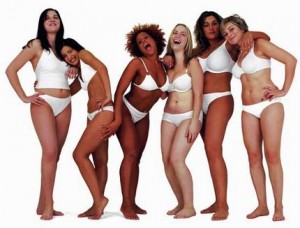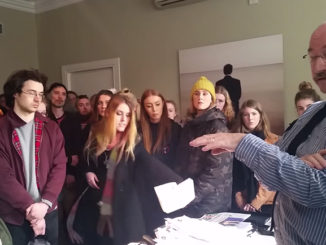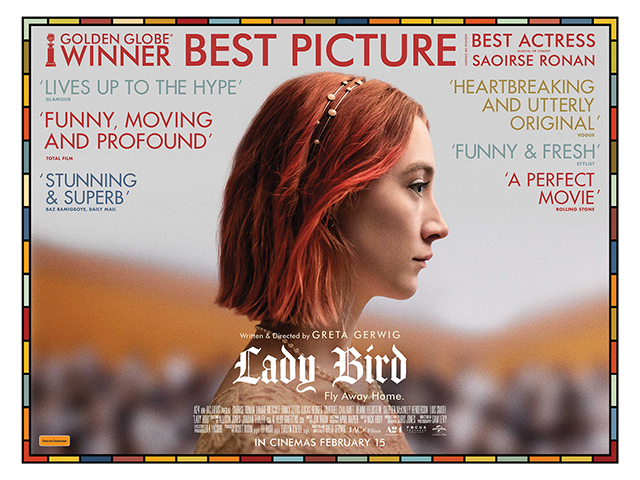
We all have insecurities with our bodies. Whether it’s our weight, the shape of our nose or those dark circles under our eyes that never seem to go away, but just how young do these insecurities start?
It’s hard to believe that a child as young as six years old could be thinking about body image. However, the Common Sense Media body image report 2015 found that almost one third of children aged between five and six are aware of dieting and have tried it. By the time children are seven, one-quarter of them will have already developed some form of dietary behaviour.
It is facts like these that shock people but it’s easy to get frightened for 30 seconds while reading this piece and then move on. With access to the internet becoming easier from a younger age each year, it’s no wonder these body image issues are starting to develop.
With just a few clicks we can see images of the Kardashians using waist trainers to achieve their weight loss goal, or a Victoria’s Secret model with pin like legs. And when we think about body image issues most of us would think of a young girl. Rarely would our mind picture a young boy looking in the mirror, picking apart what he doesn’t like.
In society, it is expected for young girls to have hang ups about their body while boys seem unconcerned. And while the rate for body image issues in girls is higher than in boys, a lot of young boys feel they can’t speak out about their body stress in fear of being labelled ‘girls’ or ‘gay’. According to CSM report, 33 to 35 per cent of boys surveyed, who are aged six to eight years old, would like to be thinner.
In your teenage years a mirror can seem like your worst enemy. Your ideal body size in your head doesn’t match up to what you’re seeing in front of you.
These ideal images conjured by teens come from a vast range of places. From their peers; the popular girl in class who seems to have the perfect figure. From magazines that create unrealistic images on how your hair, smile and skin should look. From Barbies with their tiny waists or Action Men dolls that showed young boys that ‘real men’ have defined and sculpted bodies.
A lot of body image issues come with expectations. What way you’re supposed to look according to society depending on your age, gender and race. How a boyfriend is supposed to match up to the looks of his girlfriend and vice versa. It’s these expectations from society and the growth of social media that give rise to the endless body image issues teens and young adults are suffering from today.
Helen O’Neill
Image Credit: Dove




Leave a Reply